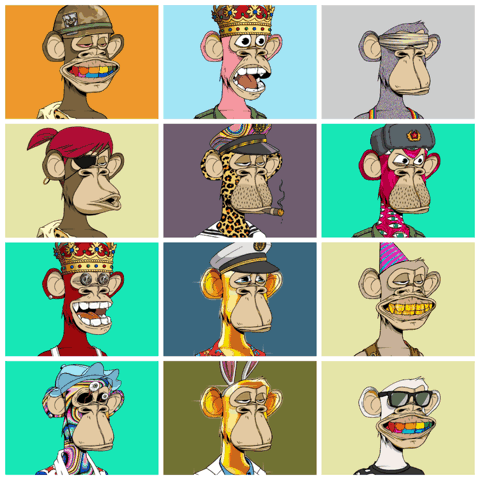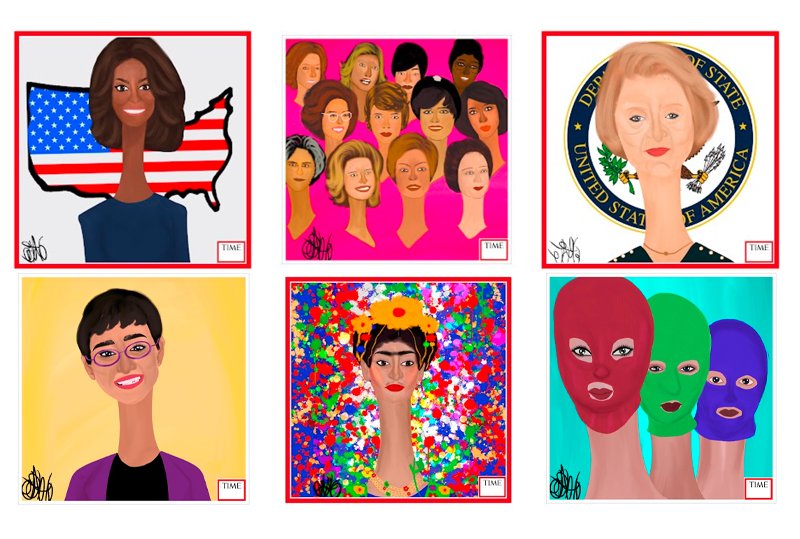Anatomy of an NFT Drop: Three Ways Brands Can Break Through in the Metaverse
It’s been a year since a bunch of bored apes took over Twitter. In April of 2021, the 10k piece NFT collection Bored Apes Yacht Club launched at $192 each. The starting price now? $435,000. All told they’ve generated over $2.4 billion in gross sales volume and reinvented how celebrities and crypto-rich consumers signal status. They’ve also provided a model for how-to drop an NFT collection.
Nike/RTFKT, Time Magazine, and Dolce & Gabbana soon followed suit with successful drops of their own. Their early moves inspired a myriad of other NFT launches, some more successful than others, producing a pattern of best practices we can all learn from. Specifically, successful NFT collections share three key characteristics brands should bake into their web3 strategy:
1. Steadfast focus on adding value
2. Commitment to community
3. Amplifying the brand mission
A steadfast focus on adding value
For brands entering the metaverse with an NFT launch, the focus needs to be on adding value. It’s not about a cash grab or getting headlines. It’s about finding ways to deepen relationships with NFT holders. This customer-centric approach mitigates risk, builds trust and fuels word-of-mouth.
The Bored Apes Yacht Club (“BAYC”) gave their 10,000 holders “mutant serum” allowing them to create a new “mutant” Bored Ape NFT for free. Non-holders on the other hand, paid an average of nine thousand dollars each for the privilege, generating $96 million in one hour. With the most inexpensive Mutant Ape priced at $120,000 right now, you can imagine the excitement, loyalty, and advocacy holders now have for the collection.
According to a leaked pitch deck, BAYC holders will soon be airdropped free parcels of land in “Otherside”, a new metaverse being launched by the collection. Parcels of land in similar virtual worlds like Decentraland and Sandbox start at $7k, giving community members even more reason to build buzz at scale. Most recently, BAYC launched their own “APE COIN” cryptocurrency and airdropped free tokens to their holders. This instantly added tens of thousands of dollars to some owners' digital wallets.
A commitment to community
Communities are the lifeblood of web3. Unlike web2 where community often means a Facebook group or WhatsApp thread, communities in web3 drive hype for NFT launches and become the foundation for ongoing advocacy, participation and purchases post-launch. Hosted on platforms like Discord or Telegram, an active, passionate community is often the secret sauce that drives a successful launch and fuels ongoing sales in the secondary market on platforms like OpenSea.
Nike’s first NFT launch after acquiring virtual sneaker startup RTFKT was a free giveaway to community members called the MNLTH. The digital object features a dark metallic finish with geometric patterns and glowing Nike and RTFKT logo cutouts on the sides. What’s inside was kept a secret for months. The community was challenged with “Quests”, a series of puzzles and challenges providing hints at the contents.This sparked a fervor of activity across Discord and Twitter as community members raced to unlock more information – fueling hype, UGC and community growth to reach 161k members.
The answer, revealed two months later, was NIKE’s first-ever virtual Dunk sneakers whose look owners could change with a “skin vial” insert provided as a separate NFT. Also inside was another MNLTH box, representing a new journey for community members to take in preparation for the next launch. Having generated $132 million in gross sales, the MNLTH drop was a success for the brand, growing cash flow, earned media and community membership.
Amplifying the brand mission
Beyond earned media and revenue, NFTs can also effectively build brand equity. Case in point? Time Magazine. The soon-to-be 100-year-old brand surprised the world with its leap in the metaverse, releasing several NFT collections that align with the brand ethos.
In September 2021, Time Magazine launched its “TimePieces” NFT initiative with a series of collections that amplify the brand mission to “tell the stories that matter most, to lead conversations that change the world, and to deepen understanding of the ideas and events that define our time.”These included, “Build a Better Future” featuring works from over 40 global artists, followed by the “Long Neckie Women of the Year” 1000 piece collection by 12-year-old Artist in Residence, Nyla Hayes, and “Slices of Time”, a collection featuring nearly 4,000 TIME covers from the past century.
This close alignment with the core mission strengthens the brand and fuels the bottom line having generated close to $33 million in gross sales volume to date. With print advertising revenue at an all-time low, Time’s push into web3 redefines the role of media in the metaverse and positions the brand as an innovator in the industry.
The Takeaway
While NFTs are an easy target for critics, it’s becoming abundantly clear there are plenty of use cases where they can deliver tangible brand value. From deepening relationships with existing customers, to growing market share and driving direct revenue, NFTs have evolved quickly in the past year, progressing well beyond static JPEGs and finding their place in the marketing mix.



